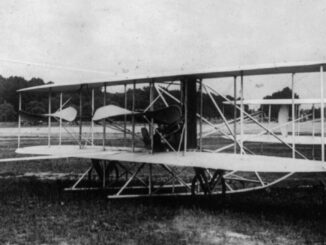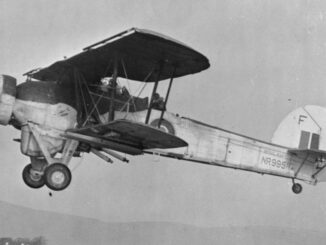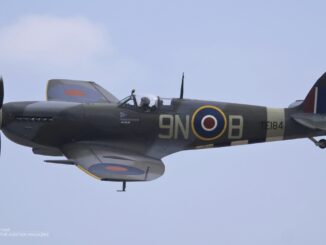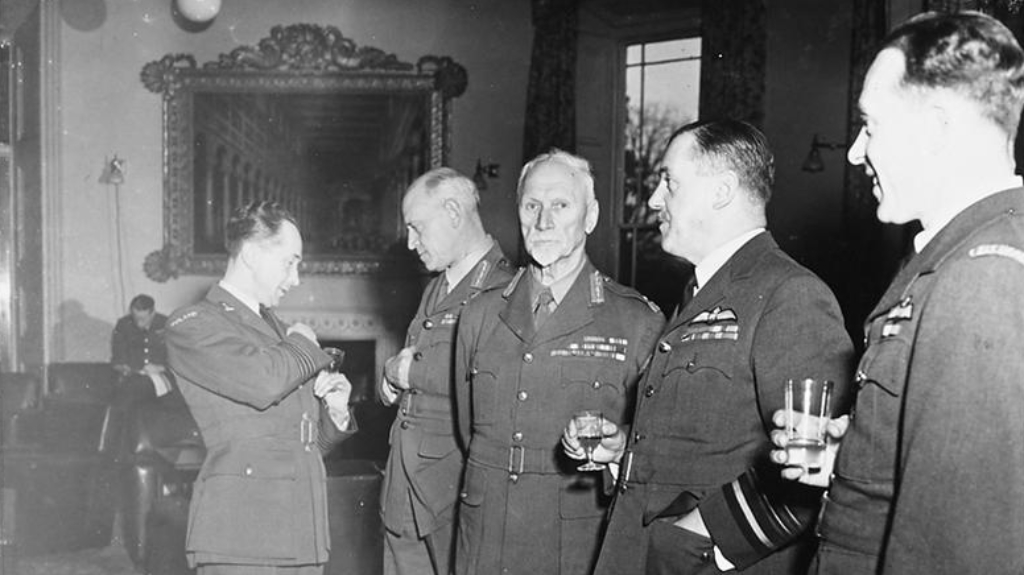 On 2nd May 1891, the founding commander of the South African Air Force, General Sir Helperus Andreas van Ryneveld – commonly known as Pierre van Ryneveld – was born in Senekal, in the then Orange Free State (now the Republic of South Africa).
On 2nd May 1891, the founding commander of the South African Air Force, General Sir Helperus Andreas van Ryneveld – commonly known as Pierre van Ryneveld – was born in Senekal, in the then Orange Free State (now the Republic of South Africa).
In his young years, van Ryneveld received a thorough education. First, he graduated from the University of the Cape of Good Hope and then from the University of London. He was in the United Kingdom when the Great War broke out and prompted van Ryneveld to enlist the Loyal North Lancashire Regiment.
In November of 1914, the young South African was commissioned as an officer. In April of the next year, van Ryneveld was transferred to the Royal Flying Corps where he began his aviation career.
During the war, van Ryneveld served in Nos. 17, 78 and 45 Squadrons in the Middle East and on the Western Front. At the beginning of his service, during one of his first combat missions, the South African pilot was shot down by a Turkish aircraft but managed to return to the Allied positions.
At the end of 1916, according to the South African sources mentioned below, van Ryneveld achieved his fifth aerial victory and became an ace. A few months later, he was seriously wounded during a dogfight over France and was sent back to the United Kingdom for convalescence.
After he recovered from his wound, on 12th November 1917, van Ryneveld was appointed a commander of the 11th Wing and stayed in this position until 1919.
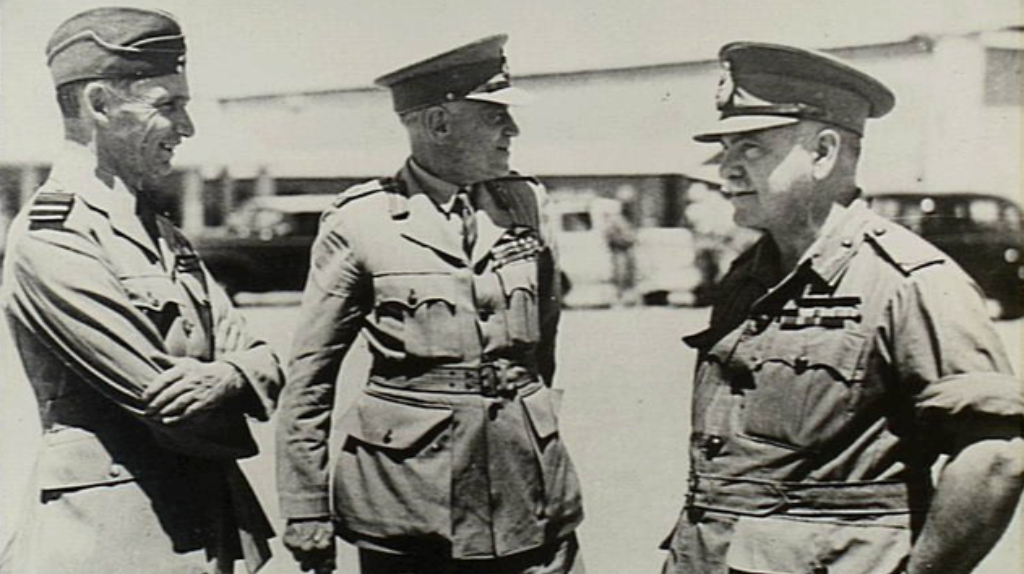
Yet during the war years, the idea of opening an air route from London to Cape Town was born. In 1918, the Air Ministry sent survey teams to Africa, in order to find suitable landing grounds and mark the aviation route across the continent. In December of the next year, the British authorities announced the route was ready, consisting of twenty-four potential airfields and nineteen emergency landing strips. Shortly after, the military activities were supported by civilians – the Times national newspaper announced it would finance the first air journey to Cape Town.
The race to Cape Town started on 24th January 1920, when a Vickers Vimy Commercial G-EAAV, crewed by S. Cockerell and F.C. Broome, began its trip to Africa. It was followed by another Vimy, piloted by the then Lieutenant-Colonel van Ryneveld and Flight Lieutenant Quintin Brand, registered as G-UABA (and named the Silver Queen) that took-off from England on 4th February of the same year.
Regrettably, both aircraft crashed during the flight – the G-EAAV was wrecked in Tanzania and the G-UABA in Sudan.
Nevertheless, van Ryneveld and Brand managed to continue their journey. They loaned another Vimy from the RAF station in Egypt and named it the Sliver Queen II. On 20th March 1920, after an adventurous flight, the Vimy landed in Cape Town. The trans-African route was opened and the crew was knighted for this achievement.
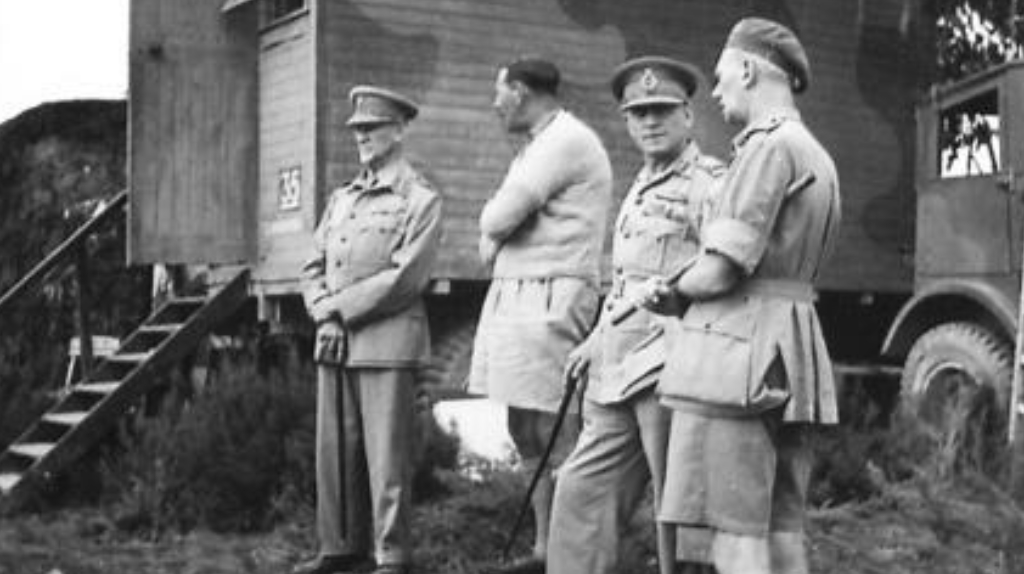
Shortly after the record flight, the South African Prime Minister Jan Smuts assigned van Ryneveld with the task to create the South African Air Force (SAAF). He was officially appointed the Director of Air Service and commanded the country´s air force until 1933, when he was promoted to Chief of the General Staff. However, he additionally stayed in the previous role of the SAAF commander until 1937.
Pierre van Ryneveld led the South African armed forces throughout the years of the Second World War. In 1949, he retired from military and settled on a farm named Spitzkop.
Sir Helperus Andreas van Ryneveld died on 2nd December 1972, aged 81.
In his honour, one of suburb areas of Pretoria, the South African capital, was officially named Pierre van Ryneveld Park. Additionally, an airfield near Upington and hight school in Gauteng were named after him.
Moreover, Pierre van Ryneveld left his mark in history of the South African aviation – besides the aforementioned London to Cape Town flight, he was the first person in the country to jump from an aircraft with a parachute, as well as was the first to fly non-stop from Pretoria to Cape Town.
Sources:
– The South African Military History Society webpage
– South African National Museum of Military History
– Scientia Militaria – South African Journal of Military Studies, 2012
Cover photo: Field Marshall Smuts visits RAF Fighter Command, left to right: Lieutenant General Sir Pierre Van Ryneveld, Chief of General Staff [South Africa]; Field Marshal Smuts; Air Marshal Sir Trafford L. Leigh-Mallory, KCB.,DSO., Air Officer Commanding-in-Chief, Fighter Command; Czechoslovak Liaison Officer to Fighter Command (original wartime caption), photo: IWM (CH 11409).
All IWM photos used under IWM Non-Commercial licence.

